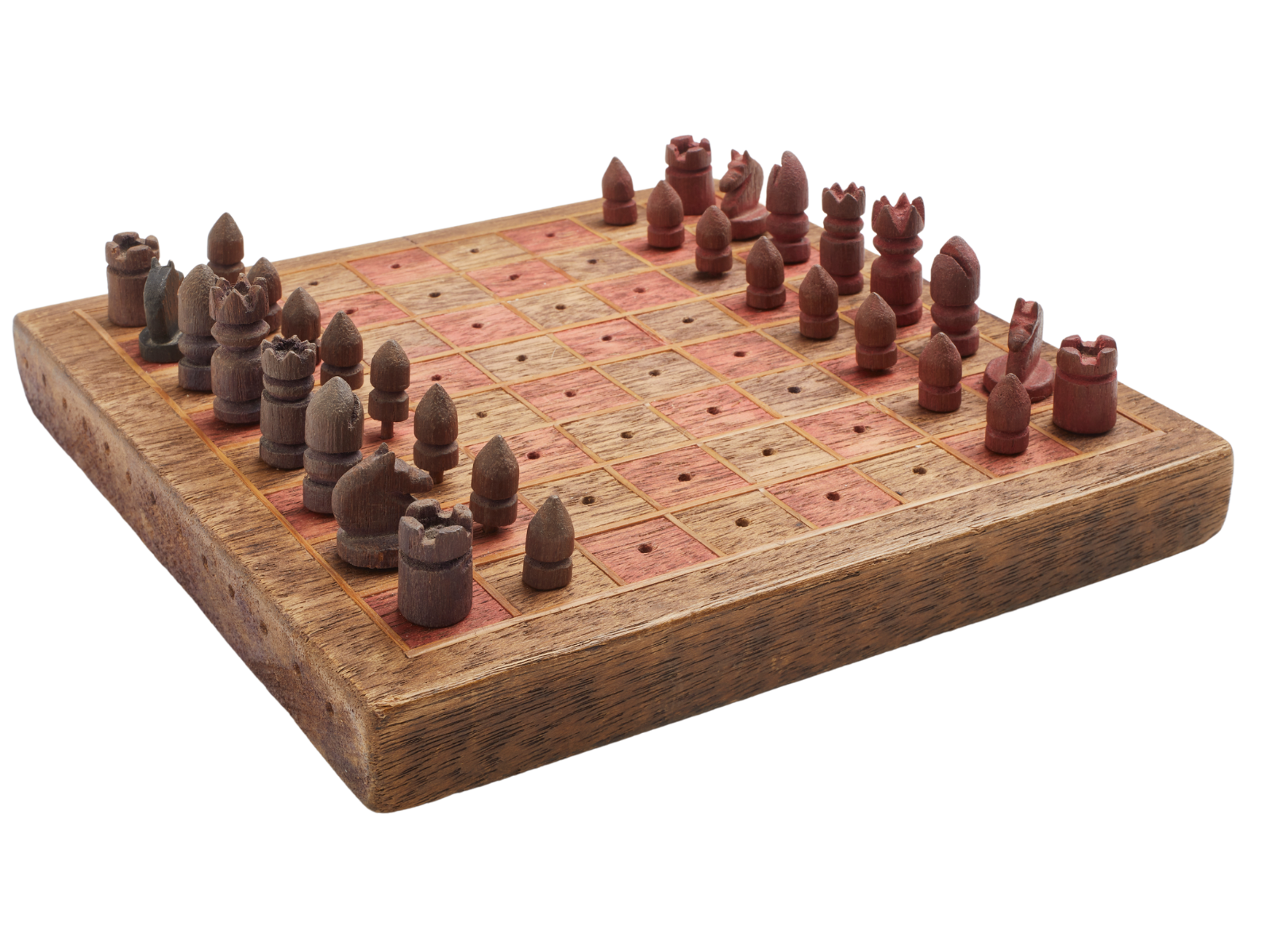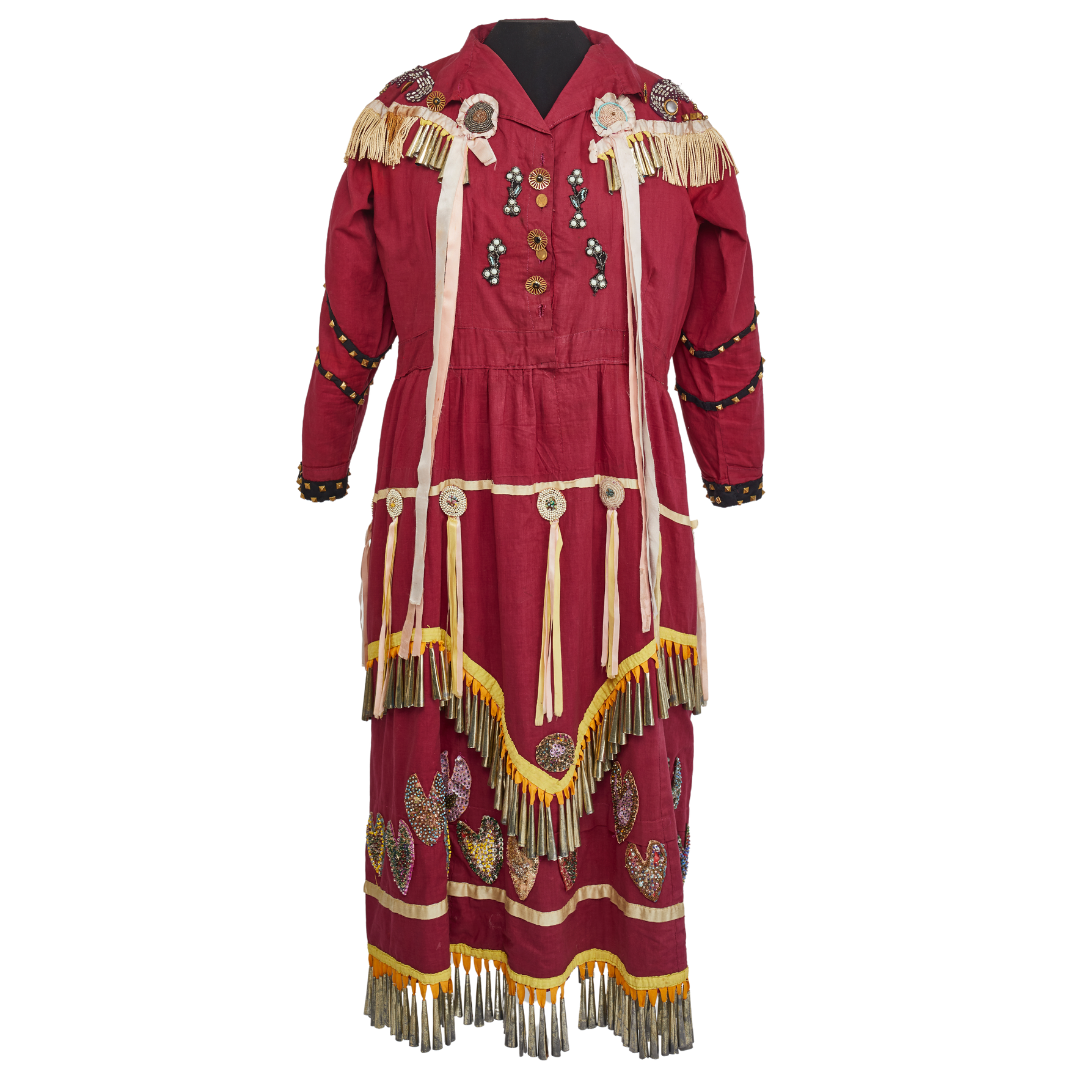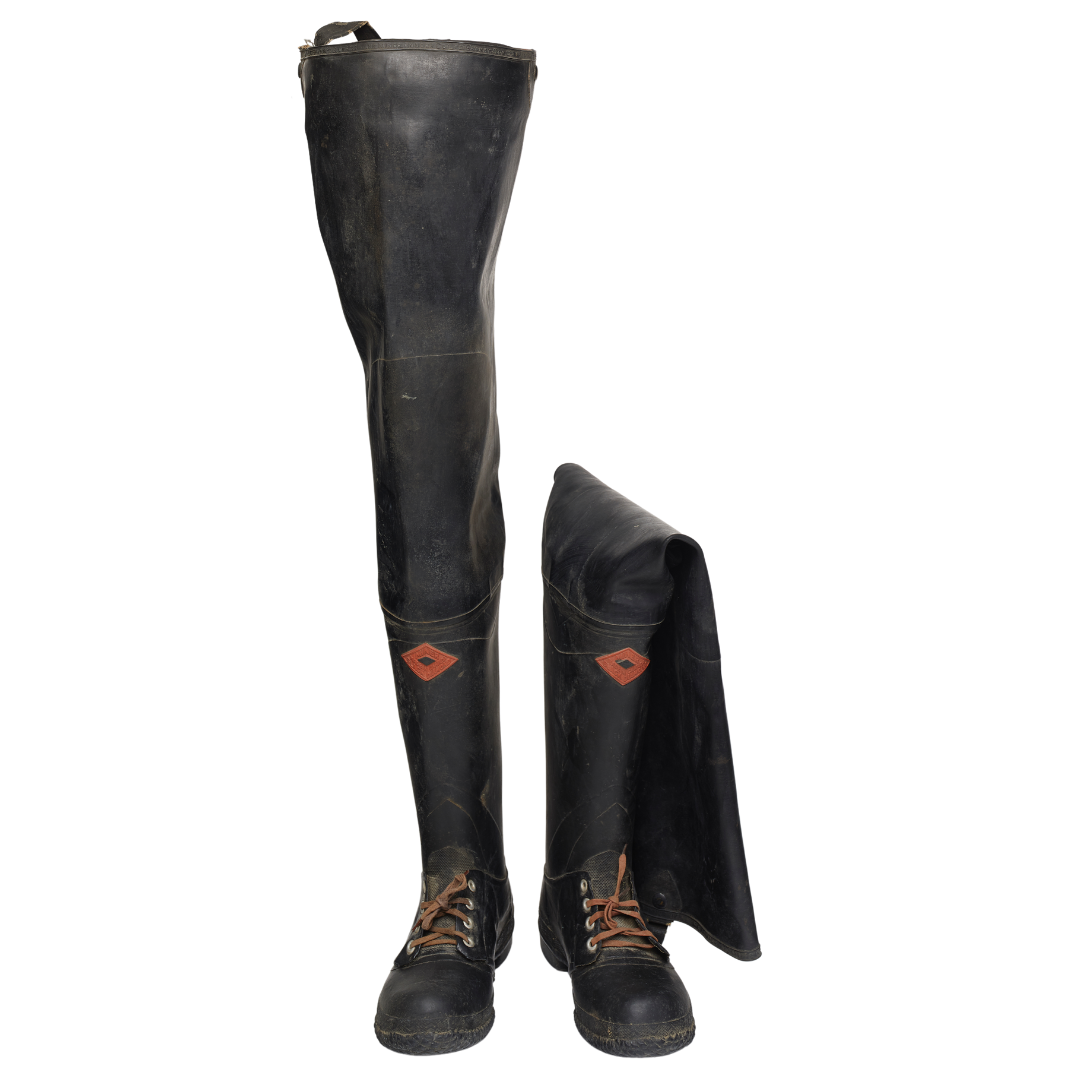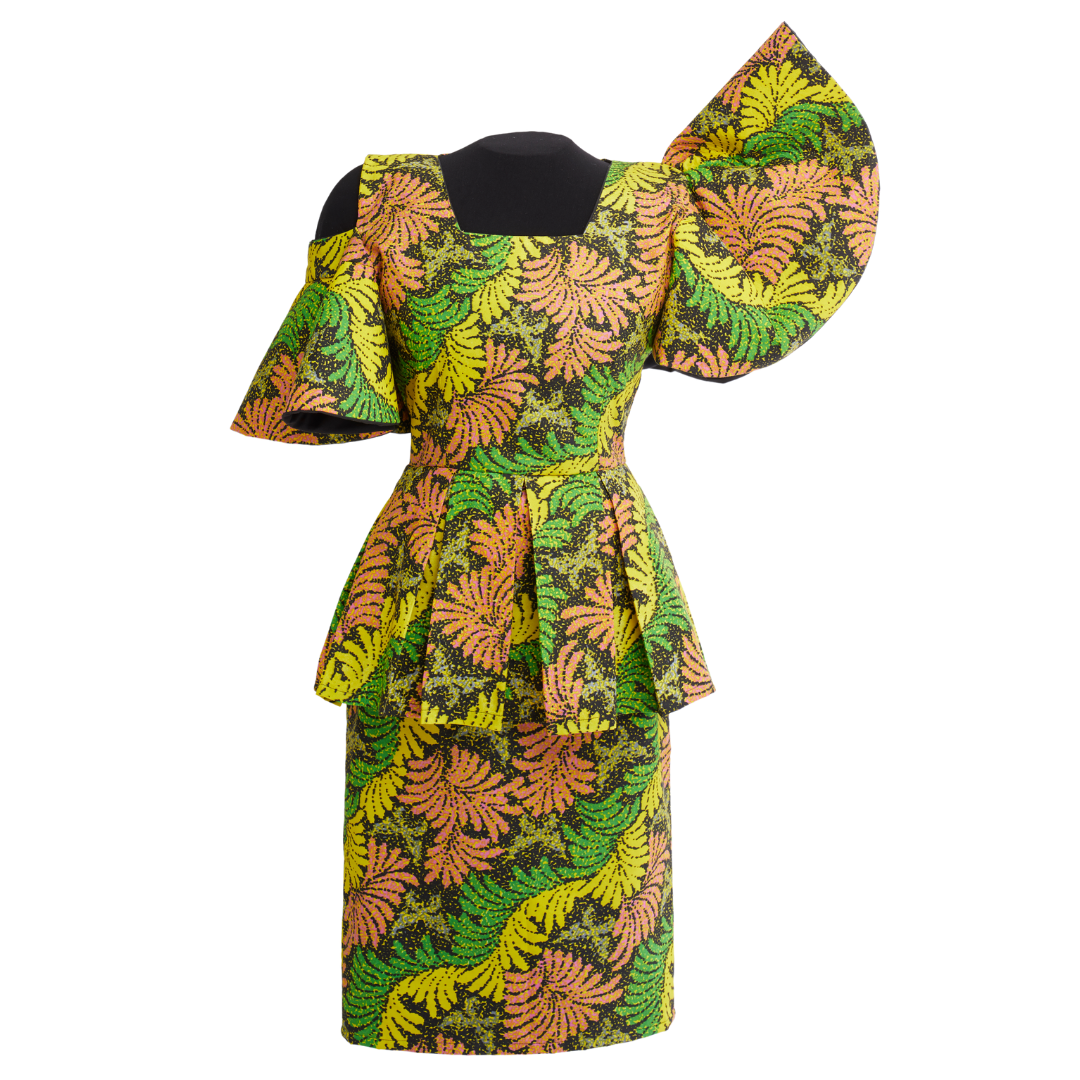Winnipeg, MB: January 30, 2024 – The Manitoba Museum will honour two prominent Manitobans at its annual Tribute Gala on Wednesday, April 24, 2024.
Community leaders James Cohen and Linda McGarva-Cohen will share the honours at the gala event with proceeds supporting the Manitoba Museum’s Access for All community initiative.
The 2024 Tribute Gala will celebrate and highlight the exceptional contributions made by James and Linda during a conversation with award-winning Canadian broadcast journalist, Shelagh Rogers.
“The Manitoba Museum is an iconic institution in our city and province. It tells the stories of our First Peoples and the generations of others who followed from all over the world. We are all part of the fabric of this great place and the Museum strives to bring all of us together in the hopes of learning about the past and helping to create the path to a promising future. Linda and I are so appreciative to be recognized by this treasured member of our cultural community.” – James Cohen
Funds raised through the annual Manitoba Museum Tribute Gala support the Access for All community initiative by removing financial, social, and cultural barriers to visitation. Through this initiative, the Museum aims to further grow, diversify, and engage new audiences and create a place that belongs to all Manitobans. This involves the continual reflection and assessment of research, collections, exhibitions, and programs to enhance their relevance to Manitoba’s diverse populations including ethnicity, culture, age, gender, and abilities. One of the Access for All initiatives is providing Manitobans access to the Museum at no charge – those Manitobans who would otherwise not have the opportunity to engage in memorable learning experiences that bridge our understanding and love of history, nature, and science with today’s reality and hopes for the future.
The Manitoba Museum 19th annual Tribute Gala will take place in Alloway Hall on April 24, 2024. For information on reserving tables, purchasing tickets, exploring sponsorship opportunities, or donating to the Access for All community initiative, please visit our webpage or contact Cassidy Nicholls at CNicholls@ManitobaMuseum.ca or 204-988-0629.









